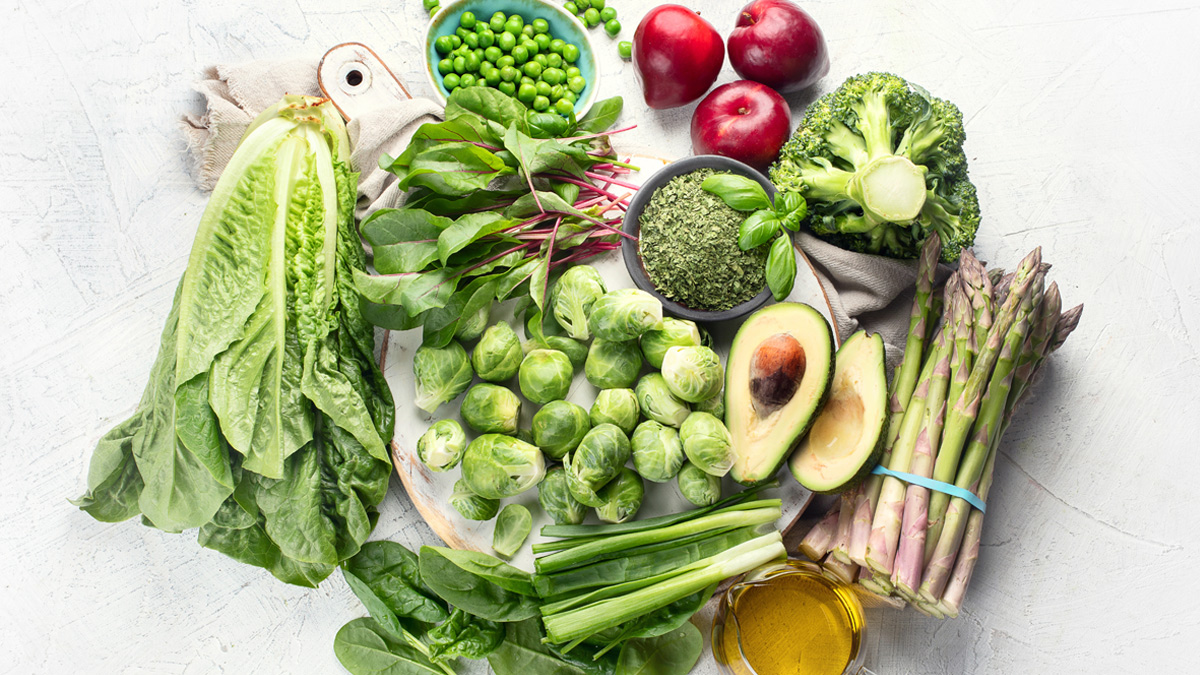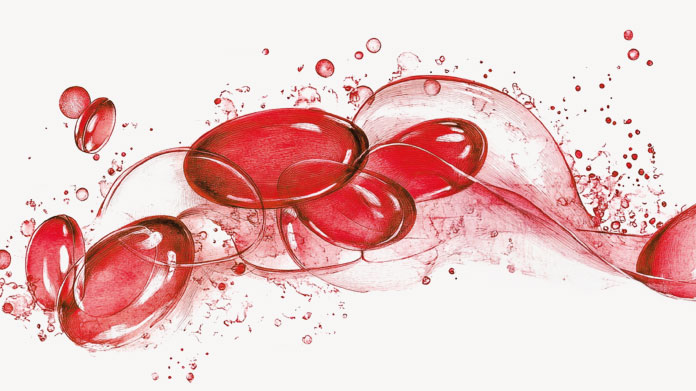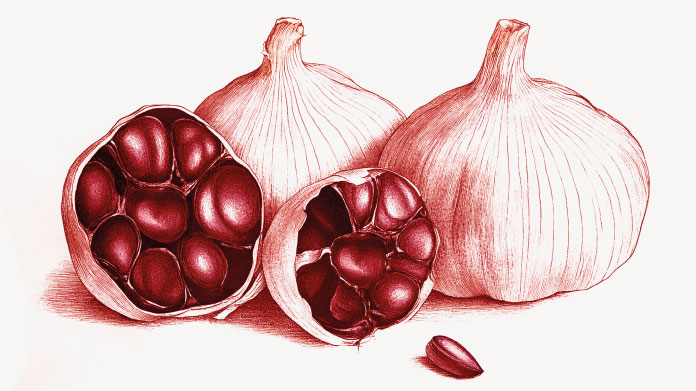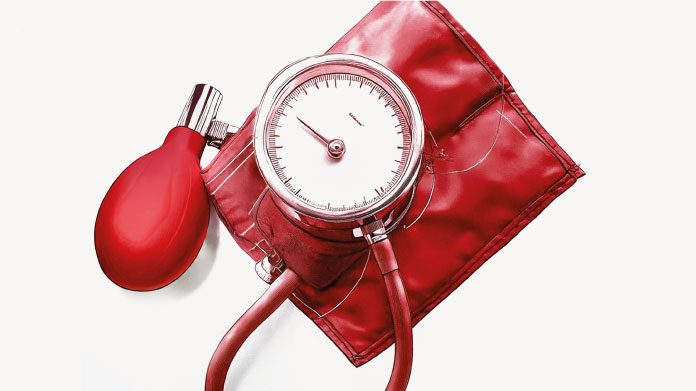What are the differences between vitamins K1 and K2?
Though most people are aware of vitamin K, it’s less well-known that there are actually two main forms of this vitamin: phylloquinone (K1) and menaquinone (K2). Do you know the differences between them?

There are two main forms of natural vitamin K: phylloquinone (K1) and menaquinone (K2). Vitamin K1 is primarily found in green leafy vegetables and plays a role in blood coagulation, while vitamin K2 is mainly produced by gut microbiota and is essential for healthy arteries and bones. They are both absorbed in the small intestine.
Vitamin K1, essential for blood coagulation
Phylloquinone is essential to the circulatory system: without it, the liver is unable to produce the molecules that ensure coagulation of the blood (1). Serious K1 deficiency poses a risk of haemorrhage while in contrast, certain anticoagulant treatments are vitamin K antagonists – they work by reducing its blood-clotting action.
Vitamin K1 is found in green vegetables (spinach, cabbage, lettuce, broccoli …), and soya and rapeseed oils.
Vitamin K2, essential for healthy arteries and bones
Like vitamin K1, vitamin K2 is a protein activator, and participates in blood coagulation (2). But it is more often recognised for its essential role in maintaining arterial flexibility (3). Menaquinone activates matrix Gla-protein (MGP), which contributes to the elimination of calcium in the arteries, thus helping to prevent calcification and associated risks such as hypertension.
Its role in calcium metabolism also means it is able to protect bone density (4), particularly in at-risk groups (menopausal women, infants): without vitamin K2, calcium would not be taken up by the protein osteocalcin for subsequent binding to, and strengthening of, the bone matrix.
Due to its chemical structure, it remains in the blood longer - a few days rather than a few hours in the case for vitamin K1 - and therefore has longer-lasting effects (5).
Vitamin K2 is produced in the body from bacteria present in the gut. It’s also found in highly-fermented foods such as sauerkraut, natto (a Japanese food based on fermented soya beans), cheese, liver, yogurt, and of course, dietary supplements. The Supersmart catalogue offers the only form of vitamin K2 able to produce an 8-fold increase in vitamin K blood levels: MK-7 90 mcg. It comes in the form of softgels for maximum absorption, and is combined with vitamin D for scientifically-supported synergistic effects!
References
- Thilo Krueger, Vincent M. Brandenburg, Leon J. Schurgers, Jürgen Floege : Vitamin K in vascular health – more than just a role in coagulation. Port J Nephrol Hypert. 2008, Vol. 22(2), pp 143-148.
- Theuwissen E, Teunissen KJ, Spronk HMH, Hamulyák K, Ten Cate H, Shearer MJ, Vermeer C, Schurgers LJ : Effect of low-dose supplements of menaquinone-7 (vitamin K2 ) on the stability of oral anticoagulant treatment: dose-response relationship in healthy volunteers. J Thromb Haemost. 2013, Vol. 11, pp 1085–1092.
- Olivier Phan, Michel Burnier : Calcifications vasculaires et déficit en vitamine K : un facteur de risque modifiable dans l’insuffisance rénale chronique. Rev Med Suisse. 2013, Vol. 9, pp 451-455.
- Iwamoto J, Takeda T, Sato Y : Effects of vitamin K2 on osteoporosis. Curr Pharm Des. 2004, Vol. 10(21), pp 2557-76.
- Schurgers LJ, Teunissen KJ, Hamulyák K, Knapen MH, Vik H, Vermeer C. : Vitamin K-containing dietary supplements: comparison of synthetic vitamin K1 and natto-derived menaquinone-7. Blood. 2007, Vol. 109(8), pp 3279-83.
Keywords
72 Days
Fiables y Recomendables
Como siempre estáis siempre ofreciendo alternativas naturales a los diversos problemas de Salud con un buen despliegue de información y una variada gama de productos. Y os felicito por el servicio de entrega que hacéis ahora que supera con creces el de antes.
Mariano Navarro Sanchez
72 Days
produits innovants
produits innovants, avec une composition claire
véronique de sainte marie
72 Days
Ravie et Très Satisfaite de Ma Commande…
Ravie et Très Satisfaite de Ma Commande et de Mes Commandes Très Bons Produits
Brigitte D.
72 Days
Produits fiables
Produits fiables
jacqueline
72 Days
Tout est OK 👌
Tout est OK 👌
RICHARD Bertrand
72 Days
Bestelle das Produkt seit Jahren immer…
Bestelle das Produkt seit Jahren immer wieder ist echt super, Preis Leistung ist ok könnte noch ein bisschen billiger sein aber sonst ok
SONJA Hofbauer
72 Days
Commentaire
Excellent services
DIDDY Mohamed
73 Days
Livraison rapide
Livraison rapide
devouass
73 Days
Schnelle Lieferung
Schnelle Lieferung. Gute Begleitung der Lieferung
SCHARWAECHTER Hans Juergen
73 Days
Efficace rapidement
J’ai commencé à prendre les facteurs de croissance osseuse alors que j’étais en plein accès douloureux d’ostéoporose. Mon état s’est stabilisé en quelques jours puis les douleurs ont diminué régulièrement. Je pense continuer ce remède pendant quelques mois puis 1 gélule par jour et une pause etc..
Françoise Delfour
73 Days
Rapidité de livraison avec prestataire…
Rapidité de livraison avec prestataire fiable ! Toujours impeccable.
Virginie
73 Days
Siempre buenas experiencias y cada vez…
Siempre buenas experiencias y cada vez más rápidos los envíos
Elsje Fokkelman
73 Days
Livraison rapide et en parfait état
Livraison rapide et en parfait état. Jamais d'erreur.
WUILLEMIN Sylvie
73 Days
J'ai trouvé rapidement sur le site le…
J'ai trouvé rapidement sur le site le complément qui m'était nécessaire et la livraison a été très rapide. Merci.
Client
73 Days
Je recommande ces produits
Facilité pour passer les commandes. Délais de livraison tenus. Produits de qualité. Je suis cliente depuis longtemps et très satisfaite.
Alexandre PUBERT



